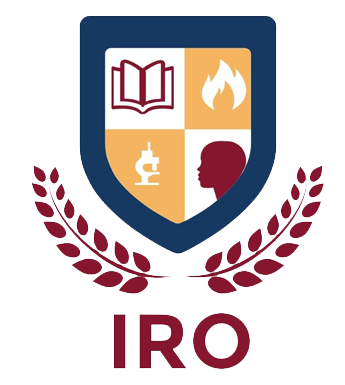Comparative analysis of Direct and Indirect Model Reference Adaptive Control by Extended Kalman Filter
Volume-3 | Issue-3
Smart Wires and Modular FACTS Controllers for Smart Grid Applications: A Review
Volume-3 | Issue-4
Integrated Renewable Energy Management System for Reduced Hydrogen Consumption using Fuel Cell
Volume-3 | Issue-1
Wireless Power Transfer Device Based on RF Energy Circuit and Transformer Coupling Procedure
Volume-3 | Issue-3
Artificial Intelligence based Business Process Automation for Enhanced Knowledge Management
Volume-3 | Issue-2
Unmanned Aerial Vehicle with Thermal Imaging for Automating Water Status in Vineyard
Volume-3 | Issue-2
Design of Effective Smart Communication System for Impaired People
Volume-2 | Issue-4
Automated Multimodal Fusion Technique for the Classification of Human Brain on Alzheimer’s Disorder
Volume-3 | Issue-3
Prediction of Energy Consumption by Ships at the port using Deep Learning
Volume-3 | Issue-2
A Novel Adaptive Fuzzy MPPT Algorithm under Changing Atmospheric Conditions
Volume-3 | Issue-4
Power Transfer Capability Recognition in Deregulated System under Line Outage Condition Using Power World Simulator
Volume-3 | Issue-4
Transformer Oil Diagnostic Tests Analysis using Statistical Correlation Technique
Volume-4 | Issue-3
Design of Inverter Voltage Mode Controller by Backstepping Technique for Nonlinear Power System Model
Volume-3 | Issue-4
Automated Multimodal Fusion Technique for the Classification of Human Brain on Alzheimer’s Disorder
Volume-3 | Issue-3
Performance Analysis of Multiple Pico Hydro Power Generation
Volume-2 | Issue-2
Energy Efficient Data Mining Approach for Estimating the Diabetes
Volume-3 | Issue-2
Wireless Power Transfer Device Based on RF Energy Circuit and Transformer Coupling Procedure
Volume-3 | Issue-3
Prediction of Energy Consumption by Ships at the port using Deep Learning
Volume-3 | Issue-2
A Novel Adaptive Fuzzy MPPT Algorithm under Changing Atmospheric Conditions
Volume-3 | Issue-4
Unmanned Aerial Vehicle with Thermal Imaging for Automating Water Status in Vineyard
Volume-3 | Issue-2
Volume - 4 | Issue - 1 | march 2022
Published
26 April, 2022
Higher energy and battery efficiency are now major concerns for Electric Vehicle (EV) manufacturers and consumers. The main component of the two-stage EV on-board charger is the DC-DC converter. The phase displacement of full-bridge to operate the switch at either zero voltage or zero current in a power switch DC-DC converter, currently has issues such as voltage variation on the consequent side, which is secondary of the transformer, and it implies poor performances. Power Factor Correction (PFC) converters used in modern EV chargers achieve high performance and adequacy throughout charging. A modified luo converter is designed to achieve high efficiency in EV charging. A luo converter is a type of PFC that is commonly used as a converter of DC to DC with improved voltage regulation in the presence of rapidly changing line voltages. In this aimed work, a reformed separate Luo converter-based electric vehicle charger is developed. To suppress voltage oscillations, two devices which means switches and two clipping diodes are connected at the elementary side in the detachment of High Frequency Transformer (HFT). The Luo converter handles Discontinuous Conduction Mode (DCM) of operation, decreases control complexity, and keeps converter's output constant. In the feedback system, the Constant Current and Constant Voltage (CC-CV) mode technique is used in conjunction with the PI controller to improve competence and reduce transmission leakage. The proposed system's performance is evaluated by applying in MATLAB/SIMULINK software, and the outcomes are promising.
KeywordsPower Factor Correction Discontinuous Conduction Mode and High Frequency Transformer
Full Article PDF Download Article PDF